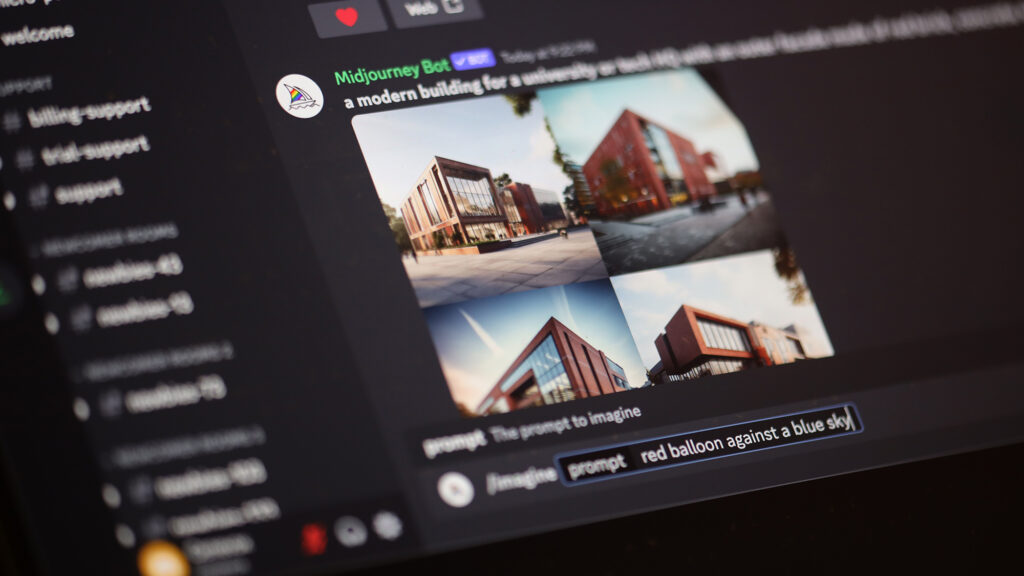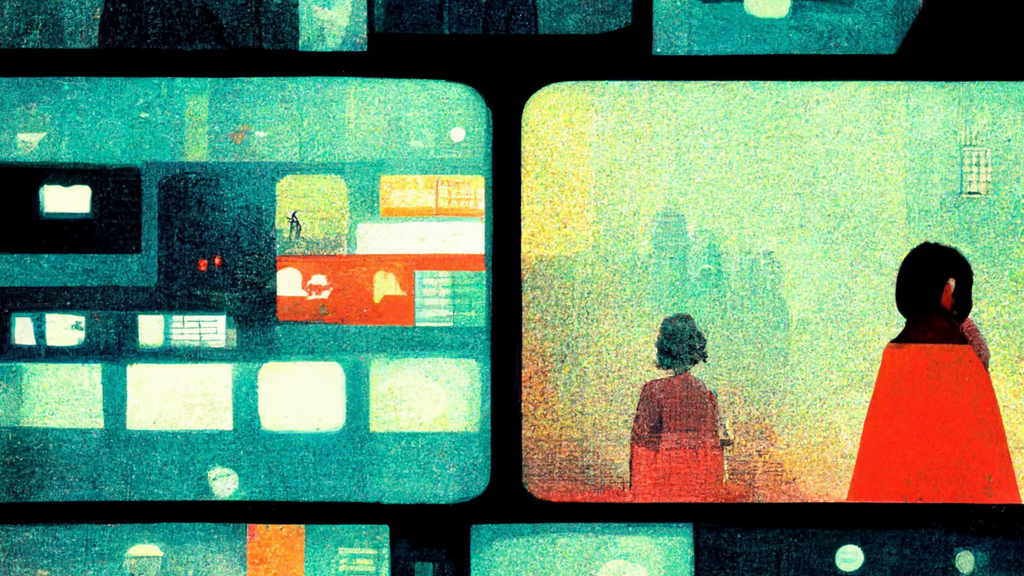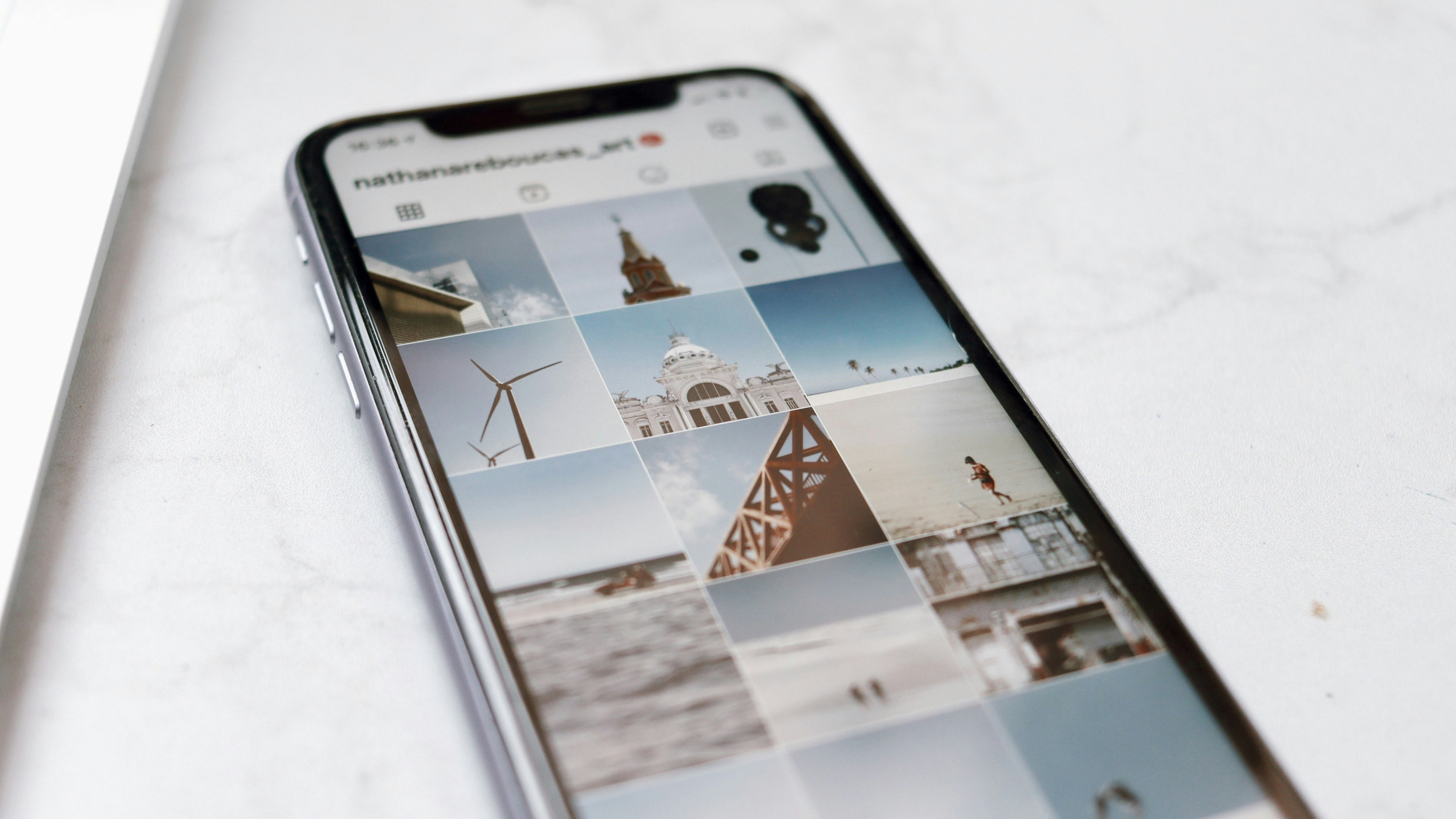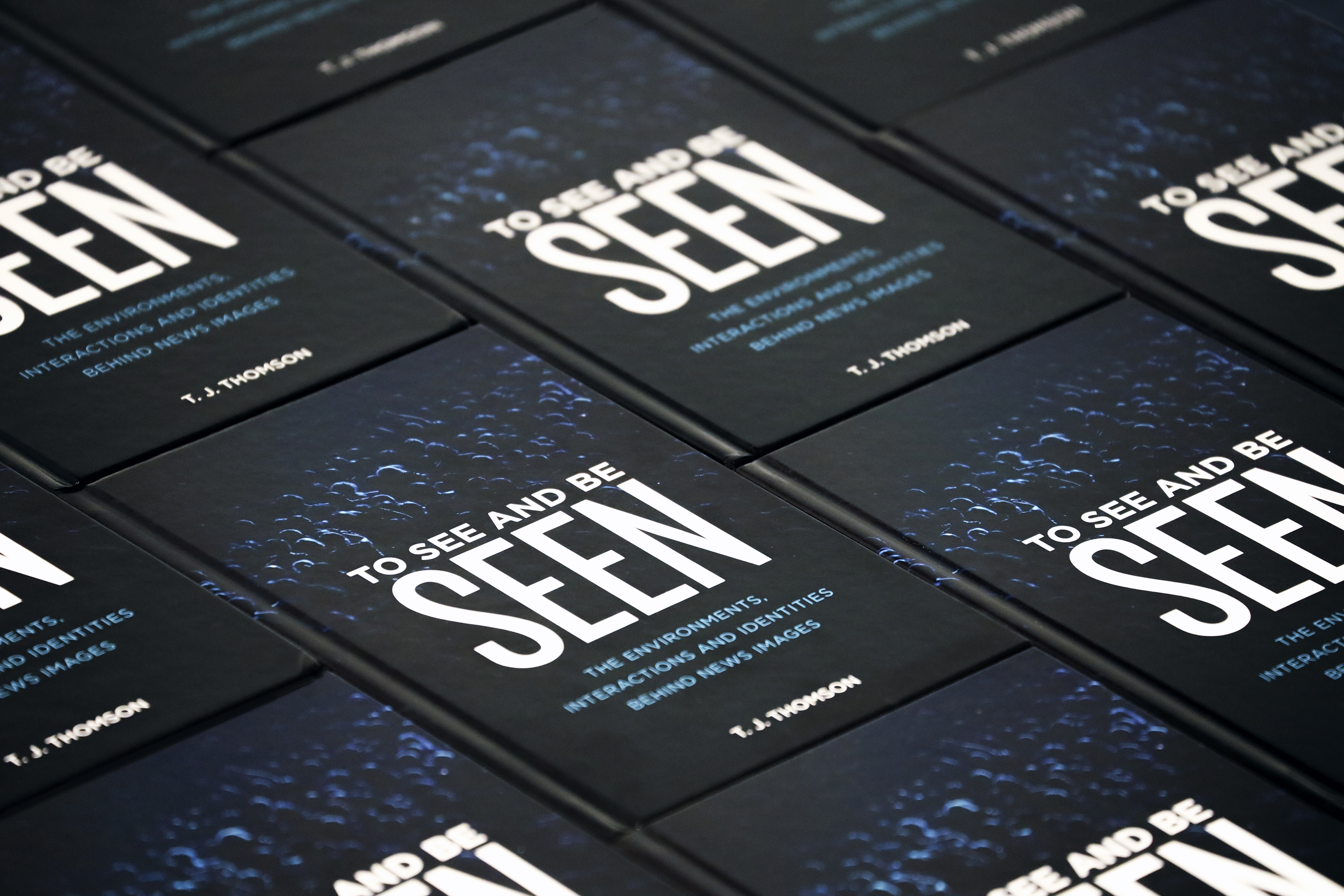T. J.’s research focuses on AI and multi-modal journalism, visual journalism, and visual communication and digital media.

Responding to visual mis/disinformation online
Overviewing current verification practices, challenges, and future opportunities

Exploring multi-modal AI in newsrooms
How do practitioners use AI in their workflows and what do they see as the opportunities and challenges of this technology?

Exploring AI visions of journalistic roles
How does artificial intelligence visualize journalistic roles and what are the implications of this for practitioners and scholars?

Cultivating visual engagement on social media platforms
Exploring the factors that lead to audience engagement with news images on Instagram
“At any given moment the accepted report of an event is of greater importance than the event, for what we think about and act upon is the symbolic report and not the concrete event itself.”
William M. Ivins, Jr., wrote these words more than 50 years ago yet they still ring true today. As visual creatures, images are fundamental to how we perceive, organize, and orient ourselves to the world. Indeed, we rarely act on first-person experience but, instead, make decisions and act on mediated realities presented to us by friends, coworkers, journalists, and politicians. Visuals have a major hand to play in garnering attention and providing emotional resonance but to be able to trust in them, we have to trust in the people who create them and in the circumstances of their production, which is an increasingly tricky thing to do in today’s social and economic climate, where an increasingly large number of images are made by freelancers and where photojournalistic images are often remediated and transformed for activist, political, or entertainment purposes.
As the number of cameras abounds, so, too, do the number of images being created, edited, and shared, often with very little sense of context and provenance. Who is responsible for creating these images? What are their creators’ identities, affiliations, and intents? Where were the images made and under which circumstances? How do the people depicted in them react to the depictions made of them and regard the experience?
My research tries to find out.

Engage with To See and Be Seen
Download a sample chapter, listen to audio previews, buy an autographed copy, or read reviews at the below link.
